
The cradle of civilization, Mesopotamia, is a testament to human innovation and resilience. Nestled between the Tigris and Euphrates rivers, Mesopotamia is often heralded as the place where cities were first built, writing was invented, and empires were born. This ancient region, located in what is now Iraq and parts of Iran, Kuwait, Syria, and Turkey, has fascinated historians and archaeologists for centuries.
The Birthplace of Civilization
Mesopotamia, meaning ‘between rivers’ in Greek, describes a vast plain that was home to some of the earliest known human communities. These communities developed into the city-states of Sumer, Akkad, Babylonia, and Assyria, which contributed significantly to human history in their own unique ways.
Sumer: The Dawn of Urban Society
The Sumerians, who settled in the southern part of Mesopotamia, are credited with many ‘firsts’ in human civilization. They are believed to have invented the first form of writing, the cuneiform script, around 3500 BCE. With tablets made of clay and styluses crafted from reeds, the Sumerians recorded everything from business transactions to epic tales. Their cities, like Ur and Uruk, developed complex societies, showcasing early examples of urban planning and architecture.
Akkad: The First Empire
Following the Sumerians, the Akkadian Empire rose to prominence under the leadership of Sargon of Akkad around 2334 BCE. This empire is renowned for being the world’s first true empire, encompassing multiple nations and cultures under a single rule. The Akkadians greatly advanced art and the Akkadian language became the lingua franca of much of the ancient Near East.
Babylonia: Law and Conquest
Under Hammurabi, the Great Lawgiver, Babylonia emerged as a major power around the 18th century BCE. The Code of Hammurabi is one of the world’s oldest deciphered writings of significant length and is known for its detailed law code, depicting aspects of daily life and justice.
Assyria: Warriors and Builders
The Assyrians, initially a minor power, eventually built one of the greatest empires the world had seen by the 7th century BCE. Known for their military prowess, the Assyrians also made significant contributions to architecture and library systems. Their capital, Nineveh, was home to the grand library of Ashurbanipal.
The Legacy of Mesopotamia
The innovations and cultural accomplishments of Mesopotamian societies laid the foundation for various elements of modern civilization. The wheel, the concept of time, and even the modern calendar have roots in these ancient societies. Many aspects of contemporary architecture, governance, and jurisprudence can trace an origin back to this intriguing ancient civilization.
Conclusion
Mesopotamia remains a vital key to understanding the evolution of complex societies and cultures. Modern explorations and archaeological findings continue to reveal insights into how this ancient civilization influenced successive societies. By studying Mesopotamia, we gain a deeper appreciation for humanity’s journey from simple beginnings to complex societies that laid the groundwork for our modern world.
The cradle of civilization, Mesopotamia, is a testament to human innovation and resilience. Their cities, like Ur and Uruk, developed complex societies, showcasing early examples of urban planning and architecture. 

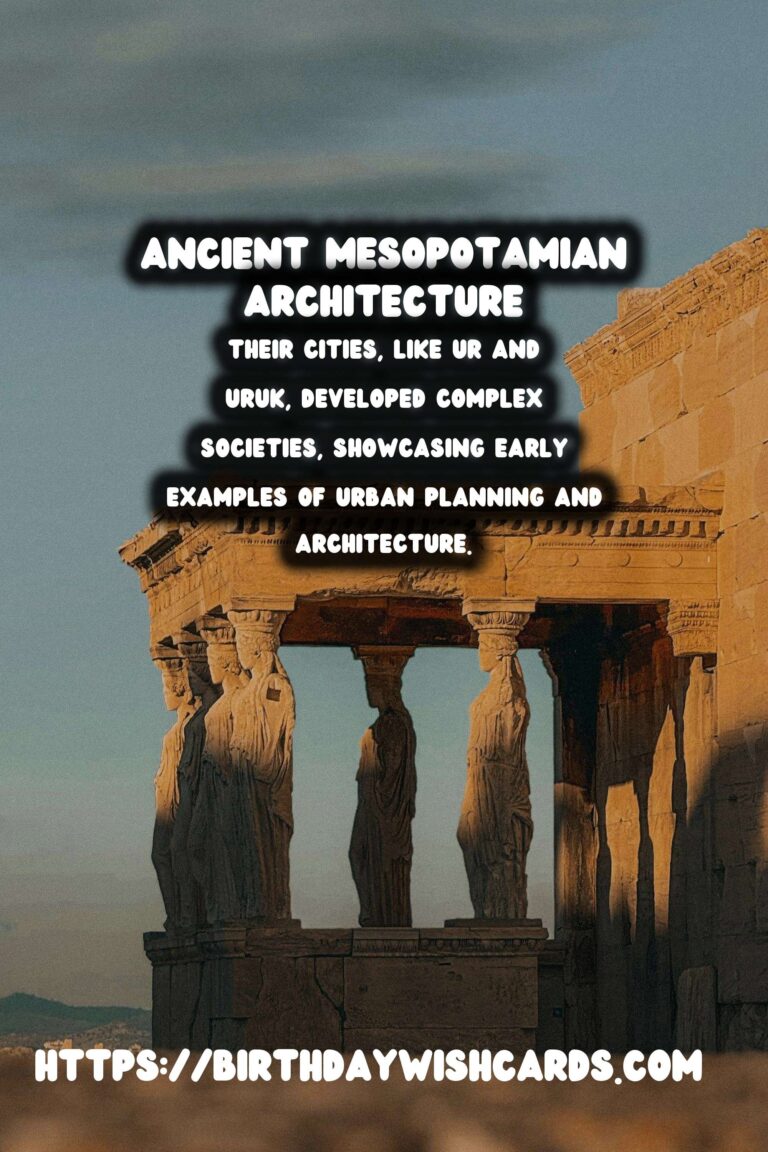
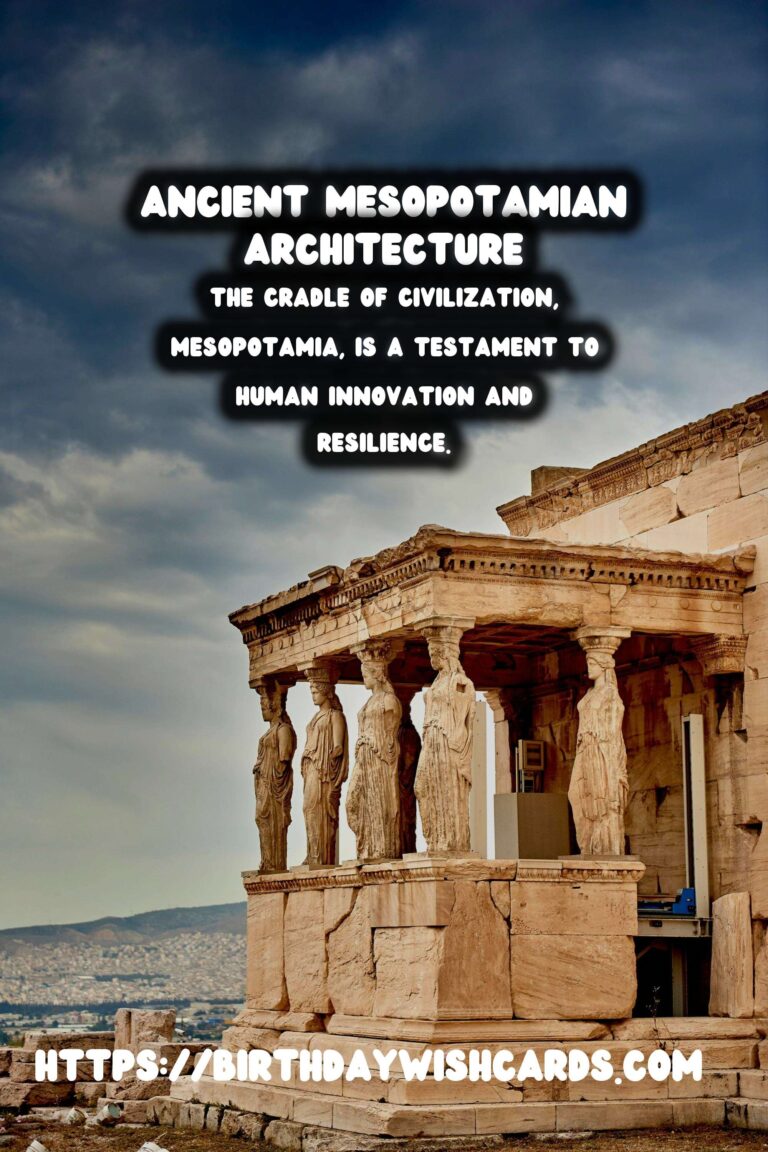
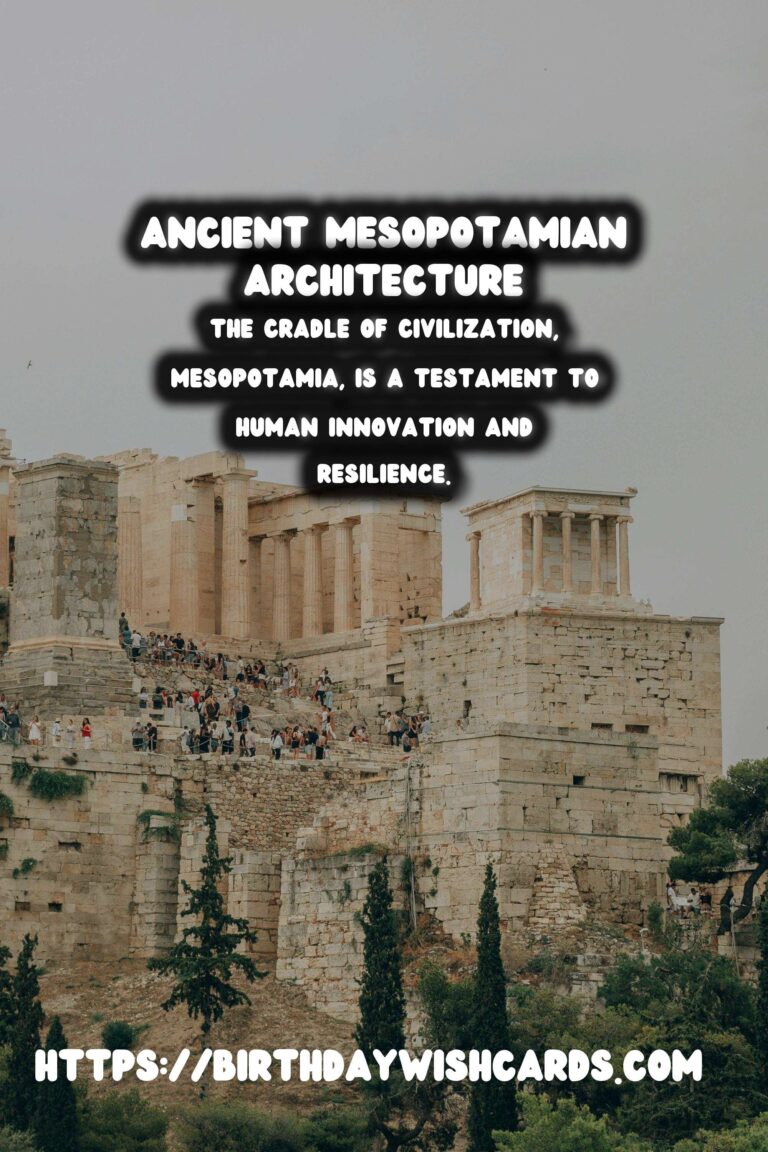
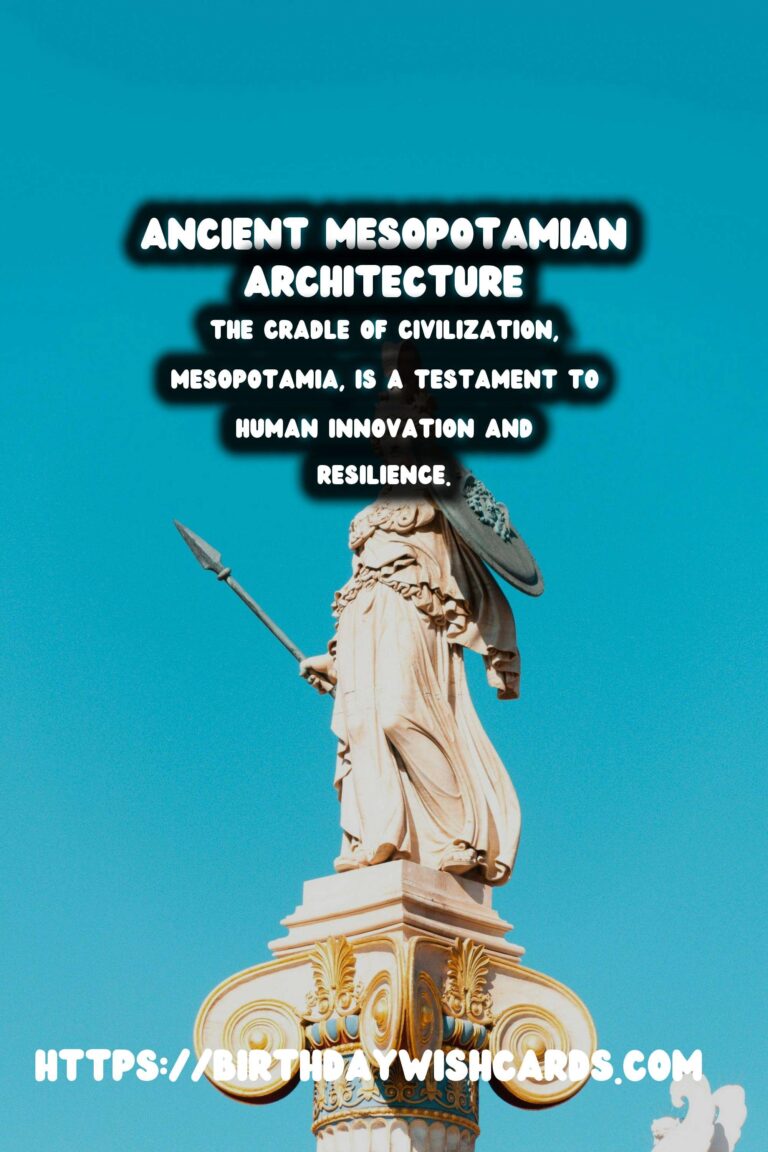

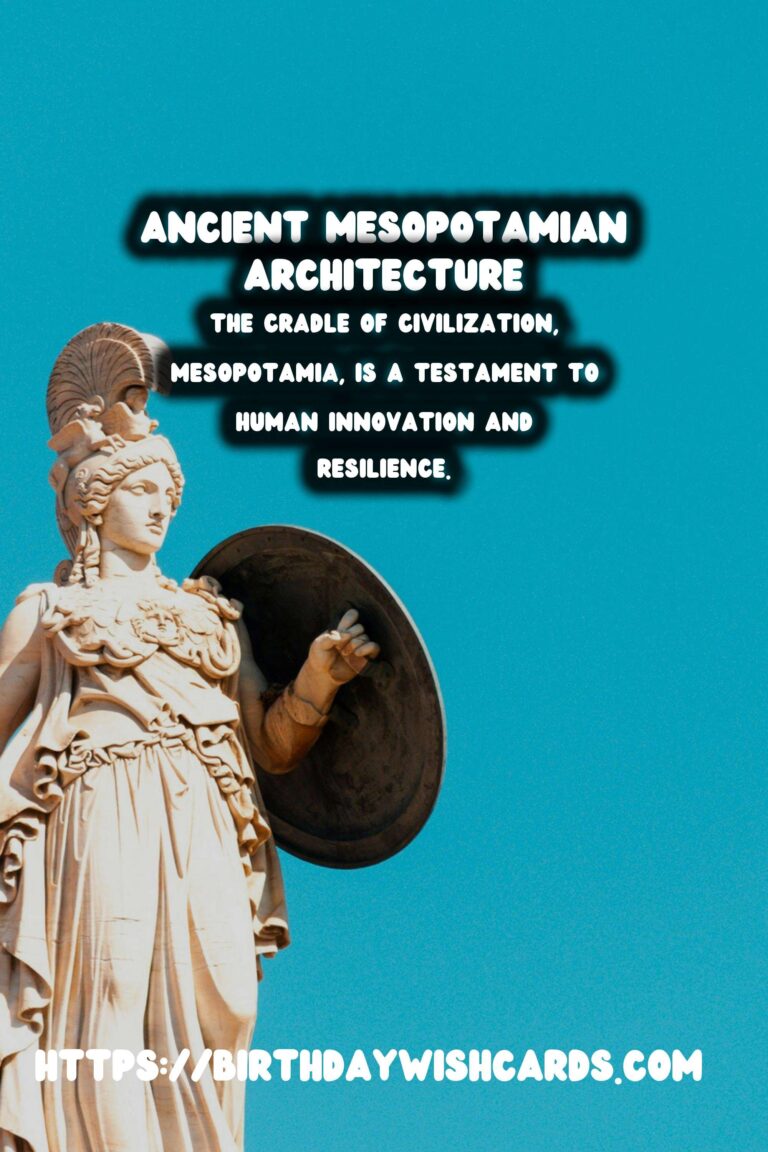


#Mesopotamia #AncientCivilizations



